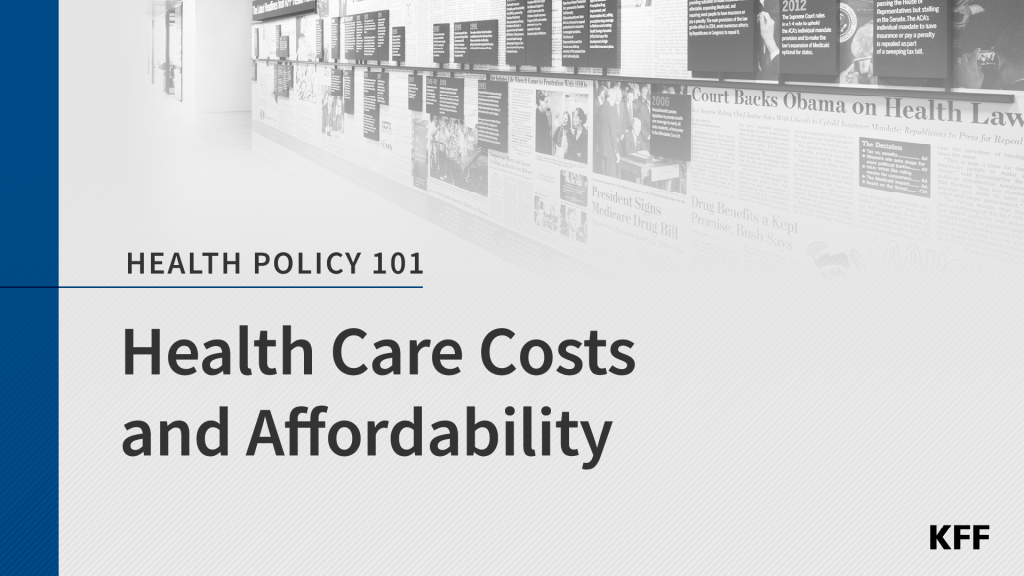One or Two Health Systems Controlled the Entire Market for Inpatient Hospital Care in Nearly Half of Metropolitan Areas in 2022
This analysis examines the competitiveness of markets for hospital care based on the share of metropolitan areas controlled by a small number of independent hospitals or health systems and other measures. It finds that nearly half of metropolitan areas across the country had only one or two hospitals or health systems providing general inpatient hospital care in 2022.
